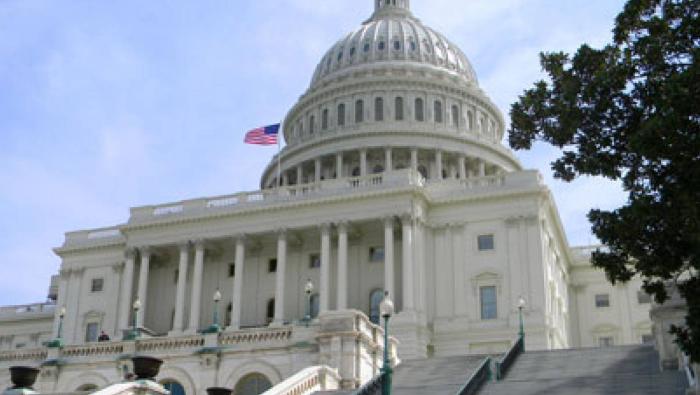The White House today introduced a Fiscal Year 2017 budget proposal that would provide $15.9 billion for the FAA and seek lengthened depreciation schedules for business aircraft, but does not call for new user fees or any significant restructuring of the air traffic control system.
While the budget request is slightly higher than the Obama Administration’s FY2016 request of $15.85 billion, it is lower than the $16.28 billion that Congress provided for FY2016. The White House FY2017 budget, however, would cut airport funding to $2.9 billion from the current $3.35 billion and assumes the difference would be made up by raising the cap on passenger facilities charge to $8 from $4.50.
Of the upcoming FAA reauthorization, the White House noted, “No specific proposals to overhaul FAA financing or governance structures are introduced in the budget.” The budget, however, recommends a “framework” of core principles for the next authorization, including a focus on maintaining safety, modernizing ATC, securing appropriate airport funds, enabling integration of new users into the National Airspace System (NAS) and better aligning resources with the needs of the NAS. The White House also calls for stronger consumer protection, firmer DOT global leadership and the fostering of a culture of innovation.
The budget request also seeks authority to transfer up to 10 percent across budget accounts. “The FAA is still recovering from the budget cuts imposed by sequestration in Fiscal 2013 and the resulting impact to controller staffing,” the White House said, adding that the budget flexibility would “augment stability.”
While no new user fees were sought, the White House continued its campaign to lengthen business aircraft depreciation schedules to seven years from five, matching that for airliners. This push has been included in almost all of the Obama budget requests since he took office in 2009. The White House estimates such a change could save the government more than $3 billion over the next 10 years.
As for requested funding levels for the FAA, the administration seeks to raise the operations budget by 1 percent, to $10 billion. The slight increase would cover pay and inflation, as well as a transition in maintenance cost for new equipment. The request for $1.3 billion in aviation safety oversight includes $2.9 million for hiring moresafety inspectors, in addition to staffing for the integration of unmanned aircraft systems.
The administration seeks a slight decrease to cover the FAA’s facilities and equipment costs, but the request for $2.838 billion would include a $22 million increase for NextGen capital investments. The administration estimates it would need $877 million for NextGen capital investments in FY2017, including $31 million for continued implementation of ADS-B, $18 million for performance based navigation, $78 million for the en route automation modernization system and $232 million for air-to-ground data communications.
As for the agency’s research, engineering and development efforts, the White House requested a small increase, to $167.5 million, including $5.8 million for the transition to unleaded aviation gasoline, $84 million in unmanned aircraft system research and $26.2 million for other environmental research.







